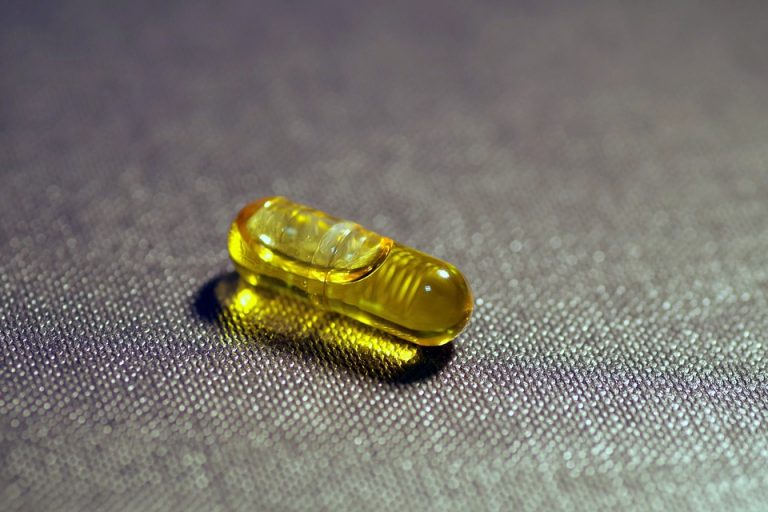The Korean study published in the journal PLoS One in 2016 dealt with the influence of vitamin D on common acne.
Acne and vitamin D level
The level of vitamin D was tested in 80 people suffering from acne. Deficits were detected in 48,4% of patients with acne and only 22,5% of healthy people, who formed the control group. The deficit was considered at the level of <12 ng/ml.
Next, a selected group of 39 people was accepted to the experiment, who:
- suffered from acne
- simultaneously demonstrated vitamin D deficits
15 out of 18 people with severe acne exhibited vitamin D deficiencies, while only 6 out of 27 people with benign acne demonstrated this deficit. Moreover, it was also observed that, the higher level of vitamin D was, the less severe acne occurred.
20 people received vitamin D (cholecalciferol) orally for two months at the dosage of 1000 IU. The 19 remaining people served as the control group.
The patients were then assessed by three independent dermatologists, who did not receive the information about which patient took vitamin D. The meetings with dermatologists took place: at the beginning of the study, after two weeks, after four weeks and after eight weeks.
The results of the experiment with vitamin D:
- Supplementation with 1000 IU of vitamin D significantly increased the level of 25(OH)D in blood and reduced the intensity of acne in comparison to the placebo group
- After eight weeks of treatment, acne inflammatory changes (pellets, spots, lumps) were decreased on average by 34,6% in comparison to the improvement by 5,8% in the placebo group.
Photos: Upper row – the beginning of the study and the effect of vitamin D supplementation after 8 weeks. Lower row – the beginning of the study and the effect after 8 weeks in the placebo group.
However, no difference was observed in the number of non-inflammatory changes (blackheads) and no significant difference in the total amount of changes.
Charts: On the left side: the influence of supplementation on reducing inflammatory acne changes
In the middle: lack of difference in the amount of non-inflammatory acne changes.
On the right: lack of significant differences in the amount of general changes
The therapy did not have any negative side effects.
Acne reduction noticeable, but minor.
The effect of vitamin D therapy and its influence on acne seems to be modest. Lesser than the effect of silymarin and NAC and far lower that the effect of applying pantothenic acid.
However, there are two things worth attention:
- The dosage of vitamin D that the patients received was low, which is pointed out by the researchers themselves.
- .Even after eight weeks of such a low supplementation, the level of vitamin D in blood was raised rather inconsiderably: it did not achieve even the average level of 20 ng/ml, which is still quite low.
To compare: Vitamin D Council, a non-profit organization educating people about the role and meaning of vitamin D, considers 40 ng/ml to be the minimal, yet sufficient level to maintain health and recommends staying at the range of 40-80 ng/ml.
Chart: Supplementation with the dose of 1000 IU of vitamin D for 8 weeks turned out to be too low in order to increase the level of 25(OH)D in blood to the healthy range.
Therefore, it seems that when applying higher doses of vitamin D, taken for a longer period of time, the effect may be much more visible.
However, to see if this is going to be the truth, we need to wait for further research.
Source:
Lim S-K, Ha J-M, Lee Y-H, et al. Comparison of Vitamin D Levels in Patients with and without Acne: A Case-Control Study Combined with a Randomized Controlled Trial. Shellman YG, ed. PLoS ONE. 2016;11(8):e0161162. doi:10.1371/journal.pone.0161162 (link).






